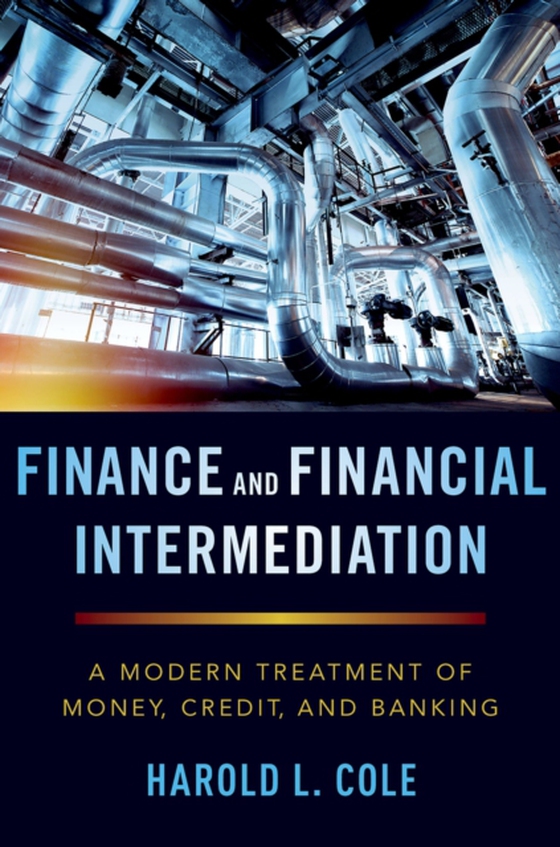
Finance and Financial Intermediation e-bog
366,80 DKK
(inkl. moms 458,50 DKK)
The financial system is a densely interconnected network of financial intermediaries, facilitators, and markets that serves three major purposes: allocating capital, sharing risks, and facilitating intertemporal trade. Asset prices are an important mechanism in each of these phenomena. Capital allocation, whether through loans or other forms of investment, can vary both across sectors-at the br...
E-bog
366,80 DKK
Forlag
Oxford University Press
Udgivet
4 april 2019
Længde
304 sider
Genrer
Macroeconomics
Sprog
English
Format
pdf
Beskyttelse
LCP
ISBN
9780190941710
The financial system is a densely interconnected network of financial intermediaries, facilitators, and markets that serves three major purposes: allocating capital, sharing risks, and facilitating intertemporal trade. Asset prices are an important mechanism in each of these phenomena. Capital allocation, whether through loans or other forms of investment, can vary both across sectors-at the broadest, manufactures, agriculture, and services-and within sectors, for example different firms. The risk that various investors are willing to take reflects their financial position and alternative opportunities. Risk and asset allocation are also influenced by whether money, and especially its expenditure, is more important now or in the future. These decisions are all influenced by governmental policies. When there are mismatches, the results include financial meltdowns, fiscal deficits, sovereign debt, default and debt crises. Harold L. Cole provides a broad overview of the financial system and assets pricing, covering history, institutional detail, and theory. The book begins with an overview of financial markets and their operation and then covers asset pricing for standard assets and derivatives, and analyzes what modern finance says about firm behavior and capital structure. It then examines theories of money, exchange rates, electronic payments methods, and cryptocurrencies. After exploring banks and other forms of financial intermediation, the book examines the role they played in the Great Recession. Having provided an overview of the provate sector, Cole switches to public finance and government borrowing as well as the incentives to monetize the public debt and its consequences. The book closes with an examination of sovereign debt crises and an analysis of their various forms. Finance and financial intermediation are central to modern economies. This book covers all of the material a sophisticated economist needs to know about this area.
 Dansk
Dansk

